有 4 項符合
Alexander H. e.
的圖書
|
 |
$ 987 | Government Insurance of Bank Deposits: Reprint of Portions of Articles by Alexander H. Revell, Governor E.H. Hoch, James B. Forgan, Professor J.L. Lou
出版社:Legare Street Press
出版日期:2022-10-27
語言:英文 規格:平裝 / 120頁 / 23.39 x 15.6 x 0.64 cm / 普通級/ 初版
 博客來 - 財務金融
- 來源網頁 博客來 - 財務金融
- 來源網頁
 看圖書介紹 看圖書介紹
|
 |
$ 1702 | Government Insurance of Bank Deposits: Reprint of Portions of Articles by Alexander H. Revell, Governor E.H. Hoch, James B. Forgan, Professor J.L. Lou
出版社:Legare Street Press
出版日期:2022-10-27
語言:英文 規格:精裝 / 120頁 / 23.39 x 15.6 x 0.79 cm / 普通級/ 初版
 博客來 - 貨幣
- 來源網頁 博客來 - 貨幣
- 來源網頁
 看圖書介紹 看圖書介紹
|
 |
| 50 Essential Classic Thriller Short Stories You Have To Read Before You Die, Vol.1: Philip K. Dick, Edgar Allan Poe, H.G. Wells, Arthur Conan Doyle, Rafael Sabatini, O.Henry, Edgar Wallace... (Golden Deer Classics)
作者:Philip K. Dick,Golden Deer Classics,Wilkie Collins,Rafael Sabatini,O.Henry,Max Pemberton,Arthur Conan Doyle,Edgar Allan Poe,Edgar Wallace,Henry C. Rowland,H.G. Wells,E.Nesbit,Alexander Pushkin,Sax Rohmer
出版社:Oregan Publishing
出版日期:2019-05-06
語言:英文
 樂天KOBO - 名詩選集
- 來源網頁 樂天KOBO - 名詩選集
- 來源網頁
|
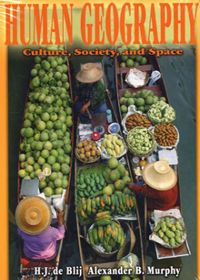 |
$ 2014 | Human Geography : Culture, Society, and Space, 7/e
作者:Alexander B. Murphy,H. J. de Blij
出版社:桂魯
出版日期:2002-01-01
語言:英文 規格:精裝 / 普通級/ 單色印刷 / 初版
 博客來 - 觀光休閒
- 來源網頁 博客來 - 觀光休閒
- 來源網頁
 看圖書介紹 看圖書介紹
|
|
|
|
|
|
 | 作者:龔心文 出版社:英屬維京群島商高寶國際有限公司 出版日期:2024-02-07 66折: $ 1102 | 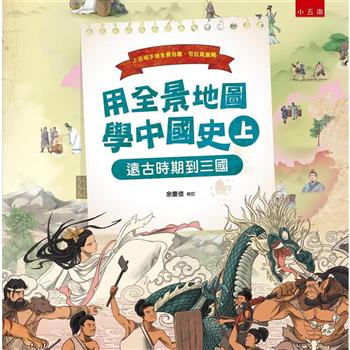 | 作者:余慶俊(校訂) 出版社:五南圖書出版股份有限公司 出版日期:2021-11-28 66折: $ 343 | 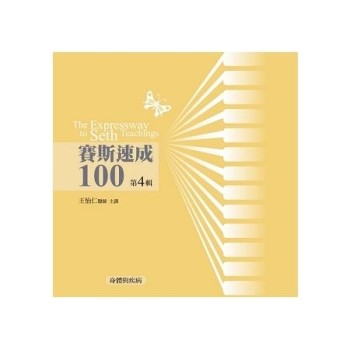 | 作者:王怡仁 出版社:賽斯文化 出版日期:2017-12-01 66折: $ 792 | 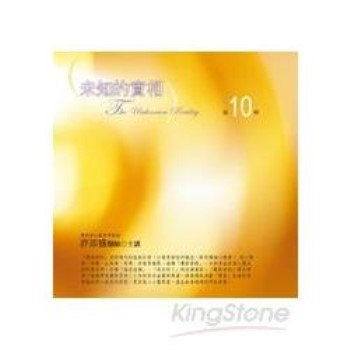 | 作者:許添盛主講 出版社:賽斯文化 出版日期:2013-04-01 66折: $ 581 | |
|
|
 | 作者:新台 出版社:新台圖書 出版日期:2023-08-30 $ 18 | 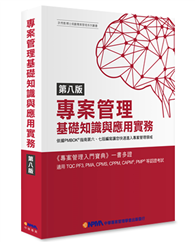 | 作者:許秀影、熊培霖、朱艷芳、范淼、張耀鴻、黃哲明、周祥東、陸正平 出版社:社團法人中華專案管理學會 出版日期:2024-10-04 $ 465 |  | 作者:史蒂芬妮‧基瑟 出版社:先覺出版 出版日期:2025-02-01 $ 308 |  | 作者:キシモト 出版社:東立出版社 出版日期:2025-02-28 $ 179 | |
|
|
 | $ 111 |  | 作者:久遠まこと 出版社:台灣角川股份有限公司 出版日期:2025-02-27 $ 111 |  | 作者:塔爾萊特.赫里姆 出版社:布克文化 出版日期:2025-02-08 $ 277 |  | 作者:枡野俊明 出版社:悅知文化 出版日期:2025-01-20 $ 260 | |
|
|
|
|
|
|